Photo: sunflower fields in Saiyo, Hyogo
It has now been a little over 2 months since we moved into our new residence!
Our “new” fixer-upper home located in rural Hyogo, Japan, was an akiya, a Japanese word used for homes that have been unoccupied or abandoned for some years.
In the past, Japanese houses were thought to have a “lifetime” that could be used up.
Older houses often fall into disrepair after their owners pass away and younger generations choose to remain in the city (resulting in over 8 million unoccupied houses in Japan!!), and newer houses, similar to housing boom suburbs in the U.S., frequently have weaker building standards than traditional houses and are often not built to last.
However, while newer homes and apartments are still generally preferred by consumers, reforming old houses is gradually becoming more popular in Japan.
There are many reasons to buy an akiya instead of a newer home!
Although you do have to factor in reform costs, akiya can be very affordable compared to purchasing a brand-new house.
(For a brief comparison of the housing options in Japan, see here)
There are some houses for as low as 10,000$, or even free (not including renovation costs)! However, for a nicer akiya, you are looking at around 20,000$-100,000$ or more, depending on the age of the house, its condition, and the area.
Akiya also tend to be much more spacious than modern Japanese buildings – more rooms, and more overall area. For example, many akiya come with land such as a garden, rice field, or even forested land.
Our home has 2 acres, including all of the above!
Depending on where you live, you may also be able to apply for grants to help cover reform costs. If your reform plan is approved by your area and you can upfront the costs, the city will repay you after the work is completed and you turn in all of the necessary paperwork.

Unlike newer home models, akiya also tend to be built of more natural materials such as sand, wood, and Japanese plaster such as shikkui. If well-maintained (or repaired), these materials usually have a longer lifetime than their modern equivalents.
Older homes are designed with Japan’s climate in mind. Wood walls can breathe and expand in the humid summers, yet still hold up to the frigid, snowy winters.
Walls made of materials such as sand and plaster can also “breathe”, and reduce mold and viruses, unlike many city apartments with moldy stairwells and kitchens. As a result, often city dwellers who move to countryside homes find that their allergies and/or asthma symptoms reduce or even disappear in their new environment.
In reality, not only is the outdoors more healthy than the polluted city, but indoors is better for people with weak immune systems.
For people fed up with the fast-pace of city life or wanting to settle down, many akiya offer the opportunity to experience the slow life on a budget.
While there are quite a few akiya located in city centers, the majority are located more rurally, and a draw to countryside akiya in particular is the difference in lifestyle.
Even in rural communities, there are often many great facilities such as public swimming pools, libraries, community centers, cafes, and so on – but with fewer crowds, and more opportunity to develop meaningful friendships with your neighbors.
People stop to wave when they drive past, or knock on the door to share ripe vegetables from their gardens. It may feel as if you’ve stepped into a time machine, while maintaining some of the conveniences of the present day.
The big cities may be the industrial center of Japan, but the countryside is the heart and soul.
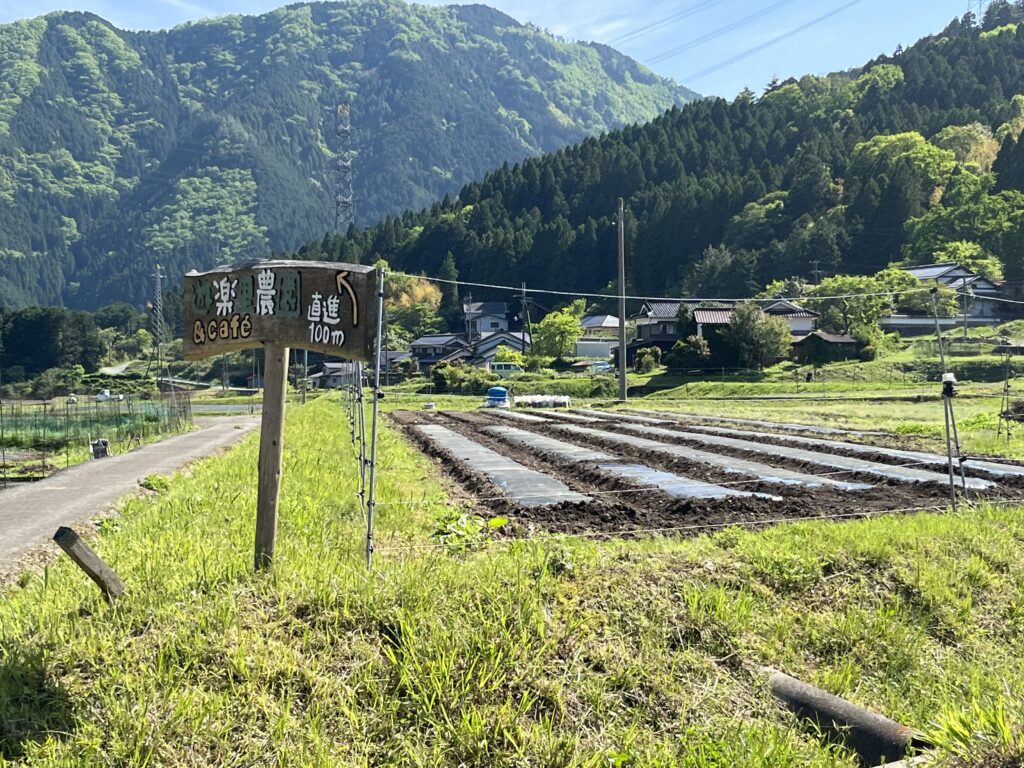
You can discover akiya properties on the market through searching localized 空き家 (akiya) websites, such as this one in Shiso, Hyogo.
See a full list of akiya “banks” (listings) across prefectures here.
You can also contact real estate agencies to give you information about additional properties that might not show up online, and there are websites listing akiya specifically designed for English speaking buyers as well, see here and here for examples.
Before purchasing our home, we viewed many websites, and visited several properties. However, the home we fell in love with was unlisted! We saw the FOR SALE sign before the house went on the online market.
In anticipation of a question asked by my overseas readers – yes, foreigners can buy properties in Japan.
So, if you are interested in becoming a homeowner of an akiya property, it’s possible! Still, buying a home overseas does not guarantee you can live there (for longer than 3 months at a time as a tourist).. you need a valid visa for residency.
Do you have any questions about purchasing an akiya in Japan?
Please leave a comment below!
Photo credits: (c) theharunafamily.com
Other Blog Posts That Might Interest You:

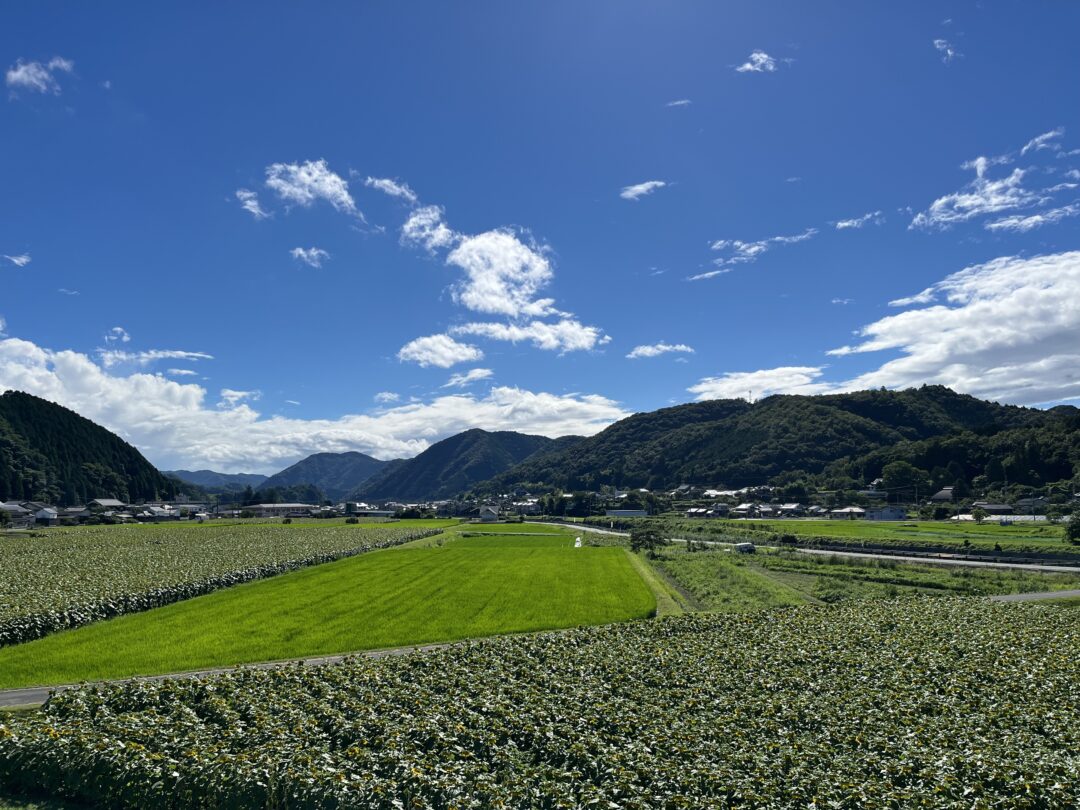

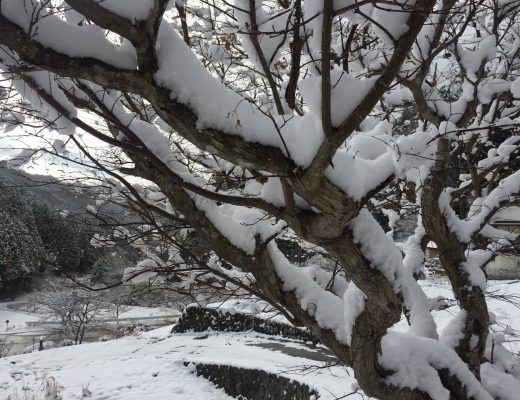
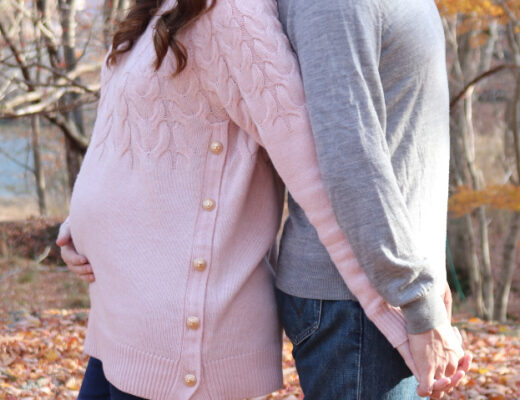
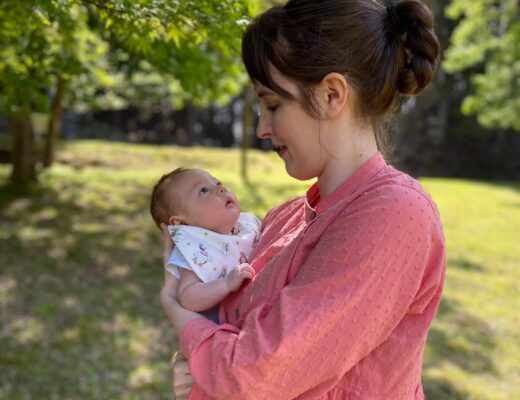
1 Comment
Hello and my kindest regards to both of you that really is a wonderful situation you’ve set up there I too and looking to rural Japan as a place to spend my sunset years I’ve been to Japan a couple times in the ’80s just as a tourist I consider myself a real lover of Japan and all things Japanese – I’m looking for a place on the coast because I’m bringing a traditional fishing boat from Thailand to the United States and will be spending the first year or so in that area on the boat to set it up for a production studio recording studio at nightclub etc Pirate radio station whole bunch of ideas I’ll have about 35 or $40,000 to put towards this